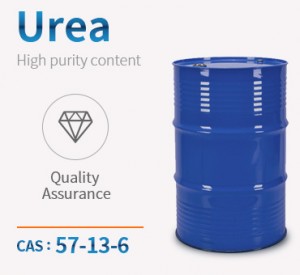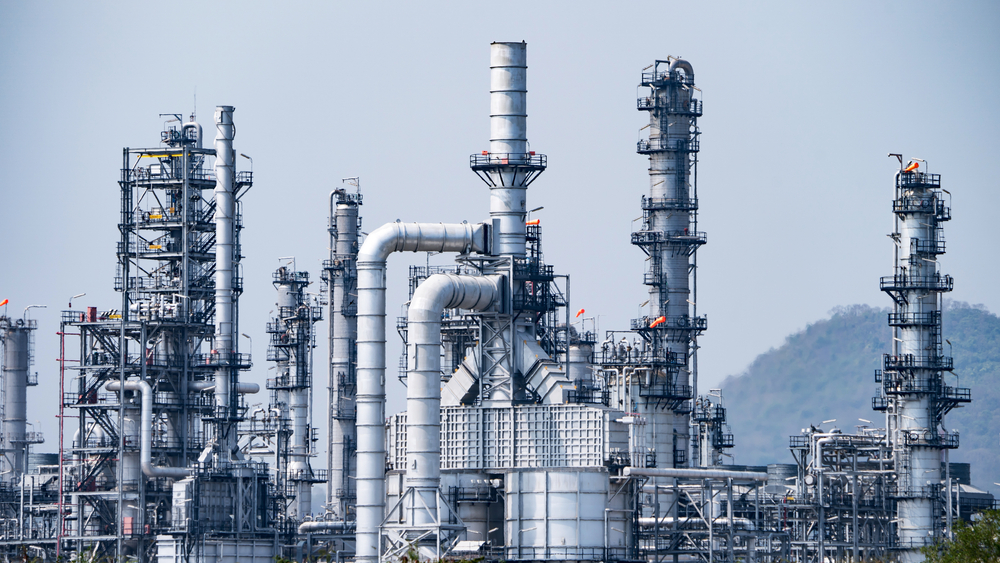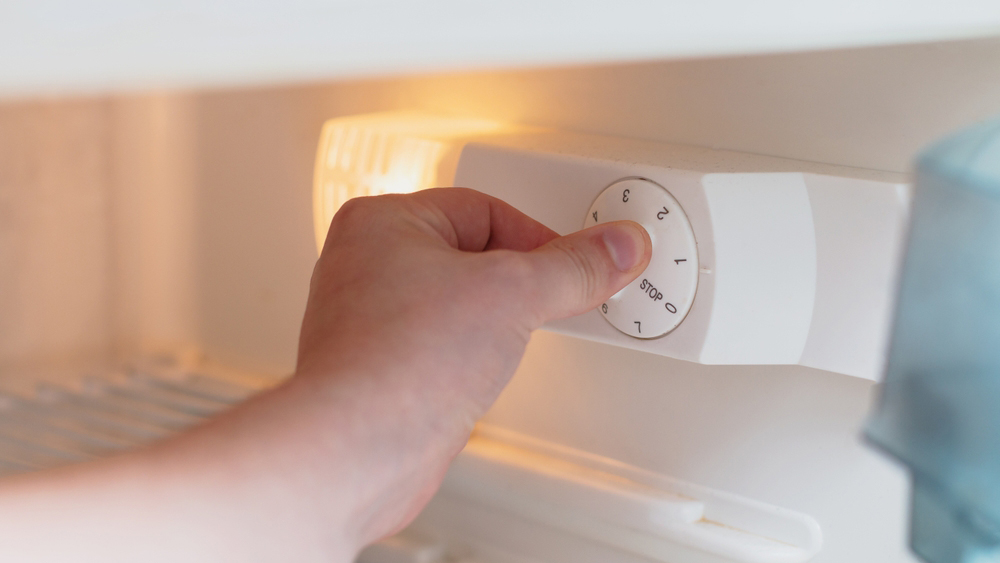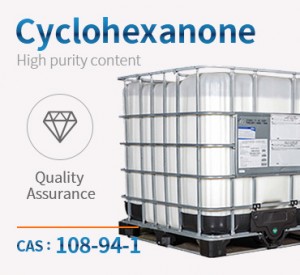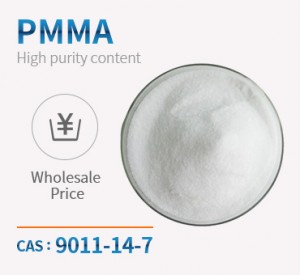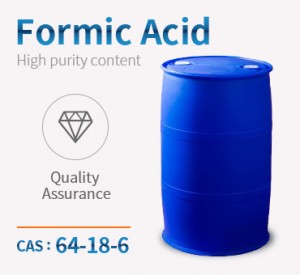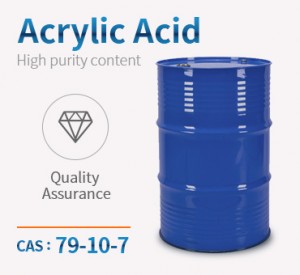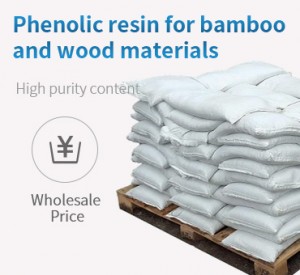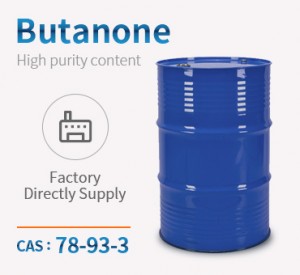Shanghai Huayingtong E-commerce Co., Ltd. is one of the leading urea suppliers in China and a professional urea manufacturer. Welcome to purchaseurea from our factory.pls contact tom :service@skychemwin.com
Močovina, také známá jako močovina nebo karbamid, má chemický vzorec CH4N2O nebo CO(NH2)2. Je to organická sloučenina složená z uhlíku, dusíku, kyslíku a vodíku, bílý krystal. Jedna z nejjednodušších organických sloučenin je hlavním konečným produktem metabolismu a rozkladu bílkovin u savců a některých ryb obsahujícím dusík. Jako neutrální hnojivo je močovina vhodná pro různé půdy a rostliny. Snadno se uchovává, pohodlně se používá a má malý destruktivní vliv na půdu. Je to chemické dusíkaté hnojivo s velkým využitím a nejvyšším obsahem dusíku. Močovina se v průmyslu syntetizuje za určitých podmínek za použití amoniaku a oxidu uhličitého.
Močovina může reagovat s kyselinami za vzniku solí. Dochází k hydrolýze. Při vysokých teplotách mohou probíhat kondenzační reakce za vzniku biuretu, triuretu a kyseliny kyanurové. Zahříváním na 160 °C se rozkládá, čímž vzniká plynný amoniak, který se přeměňuje na isokyanát. Protože je tato látka přítomna v lidské moči, nazývá se močovina. Močovina obsahuje 46 % dusíku (N), což je nejvyšší obsah dusíku mezi pevnými dusíkatými hnojivy.
Močovina může hydrolyzovat za vzniku amoniaku a oxidu uhličitého působením kyselin, zásad a enzymů (kyseliny a zásady vyžadují zahřívání).
Kvůli tepelné nestabilitě dochází při zahřátí na 150–160 °C k deaminaci na biuret. Síran měďnatý reaguje s biuretem za fialového zbarvení a lze jej použít k identifikaci močoviny. Při rychlém zahřátí se deamonizuje a trimeruje za vzniku šestičlenné cyklické sloučeniny, kyseliny kyanurové.
Acetylmočovina a diacetylmočovina mohou být generovány reakcí s acetylchloridem nebo acetanhydridem.
Působením ethanolu sodného reaguje s diethylmalonátem za vzniku malonylmočoviny (známé také jako kyselina barbiturová kvůli své kyselosti).
Působením alkalických katalyzátorů, jako je amoniak, může reagovat s formaldehydem a kondenzovat na močovinoformaldehydovou pryskyřici.
Reaguje s hydrazinhydrátem za vzniku aminomočoviny.
-Molekulová hmotnost: 60,06 g/mol
-Hustota: 768 kg/m3
-Teplota tání: 132,7 °C
- Teplota tání: 5,78 až 6 kcal/gr
-Spalné teplo: 2531 kalorií/gram
-Relativní kritická vlhkost (30 °C): 73 %
-Index slanosti: 75,4
-Korozivní účinnost: Je korozivní pro uhlíkovou ocel, ale méně korozivní pro hliník, zinek a měď. Není korozivní pro sklo a speciální ocel.
1. Pokud je močovina nesprávně skladována, snadno absorbuje vlhkost a shlukuje se, což ovlivňuje původní kvalitu močoviny a způsobuje zemědělcům určité ekonomické ztráty. To vyžaduje, aby zemědělci močovinu správně skladovali. Před použitím je nutné udržovat obalový sáček s močovinou neporušený. Během přepravy s ní je třeba zacházet opatrně, chránit ji před deštěm a skladovat na suchém, dobře větraném místě s teplotou pod 20 °C.
2. Pokud se skladuje ve velkém množství, měly by se k vyplnění dna použít dřevěné bloky o délce asi 20 centimetrů a mezi horní částí a stropem by měla být mezera větší než 50 centimetrů, aby se usnadnilo větrání a odvod vlhkosti. Mezi stohy by měl být ponechán průchod pro usnadnění kontroly a větrání. Pokud se již otevřená močovina nespotřebuje, je nutné včas uzavřít ústí sáčku, aby se usnadnilo použití v příštím roce.
3. Zabraňte kontaktu s kůží a očima.
Hnojivo: 90 % vyrobené močoviny se používá jako hnojivo. Přidává se do půdy a dodává rostlinám dusík. Močovina s nízkým obsahem biuretu (méně než 0,03 %) se používá jako listové hnojivo. Je rozpustná ve vodě a aplikuje se na listy rostlin, zejména ovoce a citrusů.
Močovinové hnojivo má tu výhodu, že poskytuje vysoký obsah dusíku, který je klíčový pro metabolismus rostlin a přímo souvisí s počtem stonků a listů, které absorbují světlo pro fotosyntézu. Dusík je navíc přítomen ve vitamínech a bílkovinách a souvisí s obsahem bílkovin v obilovinách.
Močovina se používá v různých druzích plodin. Hnojení je nezbytné, protože půda po sklizni ztrácí hodně dusíku. Částice močoviny se používají v půdě, která by měla dobře fungovat a být bohatá na bakterie. Aplikaci lze provést během výsadby nebo dříve. Poté se močovina hydrolyzuje a rozkládá.
Při správné aplikaci močoviny do půdy je třeba dbát opatrnosti. Pokud se používá povrchově nebo pokud není do půdy zapracována vhodným způsobem, srážkami nebo zavlažováním, amoniak se odpaří a jeho ztráta je velmi významná. Nedostatek dusíku v rostlinách se projevuje zmenšením listové plochy a snížením fotosyntetické aktivity.
Listové hnojení: Listové hnojení je starobylá praxe, ale obecně řečeno, použití živin souvisejících s půdou je relativně malé, zejména pokud jde o velká množství. Některé mezinárodní záznamy však naznačují, že použití močoviny s nízkým obsahem močoviny může snížit množství hnojiva aplikovaného do půdy, aniž by to ohrozilo výkonnost, velikost a kvalitu plodů. Výzkum ukázal, že postřik na listy malým množstvím močoviny je stejně účinný jako postřik do půdy. Kromě účinných plánů hnojení to potvrzuje praxi používání hnojiv ve spojení s dalšími zemědělskými chemikáliemi.
Chemikálie a plasty: Močovina je přítomna v lepidlech, plastech, pryskyřicích, inkoustech, léčivech a povrchových úpravách textilií, papíru a kovů.
Doplněk stravy pro hospodářská zvířata: Močovina se přimíchává do krmiva pro krávy a dodává dusík, který je zásadní pro tvorbu bílkovin.
Výroba pryskyřic: Močovinoformaldehydová pryskyřice a další pryskyřice mají v průmyslu různá uplatnění, například při výrobě překližky. Používají se také v kosmetice a barvách.
Společnost Chemwin může průmyslovým zákazníkům dodat širokou škálu sypkých uhlovodíků a chemických rozpouštědel.Předtím si prosím přečtěte následující základní informace o obchodování s námi:
1. Bezpečnost
Bezpečnost je naší nejvyšší prioritou. Kromě poskytování informací zákazníkům o bezpečném a ekologickém používání našich produktů se také zavazujeme k zajištění toho, aby bezpečnostní rizika pro zaměstnance a dodavatele byla snížena na rozumné a proveditelné minimum. Proto požadujeme, aby zákazník před naším dodáním zajistil splnění příslušných bezpečnostních norem pro vykládku a skladování (viz příloha BOZP v níže uvedených všeobecných obchodních podmínkách). Naši odborníci na BOZP vám mohou poskytnout poradenství k těmto normám.
2. Způsob doručení
Zákazníci si mohou objednat a dodat produkty od společnosti chemwin nebo si je mohou nechat přijmout z našeho výrobního závodu. Mezi dostupné způsoby dopravy patří kamionová, železniční nebo multimodální doprava (platí samostatné podmínky).
V případě požadavků zákazníka můžeme specifikovat požadavky na čluny nebo tankery a uplatnit speciální bezpečnostní/kontrolní normy a požadavky.
3. Minimální objednané množství
Pokud si zakoupíte produkty z našich webových stránek, minimální objednané množství je 30 tun.
4. Platba
Standardní způsob platby je přímá srážka do 30 dnů od vystavení faktury.
5. Dodací dokumentace
Ke každé dodávce jsou dodávány následující dokumenty:
· Nákladní list, nákladní list CMR nebo jiný relevantní přepravní doklad
· Osvědčení o analýze nebo shodě (pokud je vyžadováno)
· Dokumentace týkající se BOZP v souladu s předpisy
· Celní dokumentace v souladu s předpisy (pokud je vyžadována)
Kategorie produktů
-

Telefon
-

E-mail
-

WhatsApp
-

Nahoře


